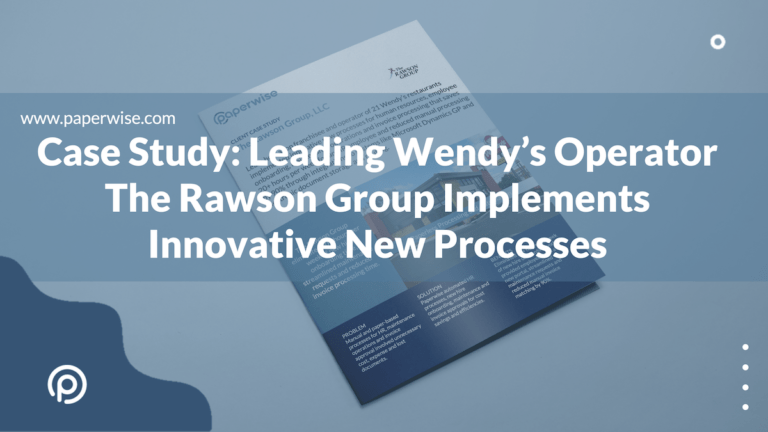Many people think that workflow automation is only applicable in large companies with strictly defined processes. The truth is that every company operates through a series of workflows every day and could benefit from automation across their entire enterprise. Workflows happen all around you – some tightly structured, some adaptive, others completely unstructured. But anytime you need to align data, information, documents, and decisions through multiple people, steps, and tasks you are operating in a workflow.
Here are some basic types of workflows most organizations deal with that will help you recognize if you would benefit from workflow automation.
Excel Spreadsheet Hand-offs
In days long gone, the “Interdepartmental Delivery Envelope,” was how things got done in an office. You’d put a group of documents in an envelope that needed to be approved or reviewed. Then you’d write down a date and the name of the next person or people who had to review those documents and the envelope would circulate through the building until all the necessary approvals had taken place.
These days, most companies accomplish this with a series of spreadsheets and emails. For example, an AP clerk creates a list of unpaid invoices that need further approvals, have mismatched amounts, or require extra documentation. Then that spreadsheet is emailed to multiple people in the office in the hopes of locating the extra information. There is no uniform way to know who is working on what invoice or what state each invoice is in.
There are probably similar spreadsheets in all parts of your business: job applicant interviews, maintenance requests, health insurance assignments, and more. Workflow automation allows you to create tasks, attach documents, track progress, and collect approvals so you’ll never wonder who is working off which spreadsheet again.
Sequential Processes
A sequential process is anything that moves from one step to another, from A to B to C and so on. These processes are typically predictable and follow similar paths every time they are performed.
Usually, each step in the process depends on the completion of the previous step. Examples of this kind of workflow might be purchase order approvals or sales order fulfillment. Approving a purchase order involves mostly the same steps over and over regardless of the vendor, department, or amount. Someone initiates a purchase, fills out information, that information must be approved by a manager then forwarded to purchasing then tracked in the ERP system. Workflow automation handles all the task and approval routing automatically for faster approvals and less time wasted.
Hurry Up and Wait
Some workflows travel from one state to another state. These workflows tend to be more complicated and often require more intervention and decision-making. These workflows can be a little like puzzles that need to be solved, where one task is finished but then the workflow stalls in the next state as information is gathered.
This type of workflow is sometimes called case work and are common in law offices, insurance claims, customer support, and health care. In this kind of workflow, it may not be immediately clear how the next state will be resolved until more research and investigation and data collection is performed. These might also include creative workflows in product management or marketing where you need input from multiple coworkers and clients in each state.
Workflow automation helps you avoid the two biggest pitfalls in this kind of work. First, it keeps you on track. It is easy for a case to get stuck in a state while waiting for more information and difficult to remember to stay on top of your many cases. Automation keeps track of progress and can alert you if too much time has passed or if new data and documents have been added to review. Second, it streamlines your ability to share tasks and documents and collect new information through online forms, portals, and electronic document sharing.
Rules-driven Workflows
Rules-driven workflows might be sequential or might be more complicated but are defined by the rules that dictate their progress. For example, you might have a corporate governance rule that states that any invoice within 1% or $75 of the original purchase order can be paid immediately while anything above that needs to back to the purchase initiator for approval. Or any maintenance request under $500 or 4 hours is automatically approved while anything higher needs intervention.
Is Everything a Workflow?
No. Not everything is a workflow. Some things in your company are creative, one-offs that require your best and brightest to come up with new ideas and problem solve but may never occur again. Some workers use their own private daily checklists that aren’t sharing information and aren’t interacting with others.
Where workflow automation really shines is anywhere in your organization you want to:
- Eliminate tedious, manual, and redundant tasks
- Increase efficiencies between employees and departments
- Simplify delegation and approvals
- Reduce the time to process information and serve customers
- Provide visibility about the state of your work and health of your business by carefully tracking your workflows
- Increase the accountability within your teams
If you’d like to learn more about the many ways you can identify and improve the workflows inside your company, please contact us for a private consultation and we can get you started right away.



